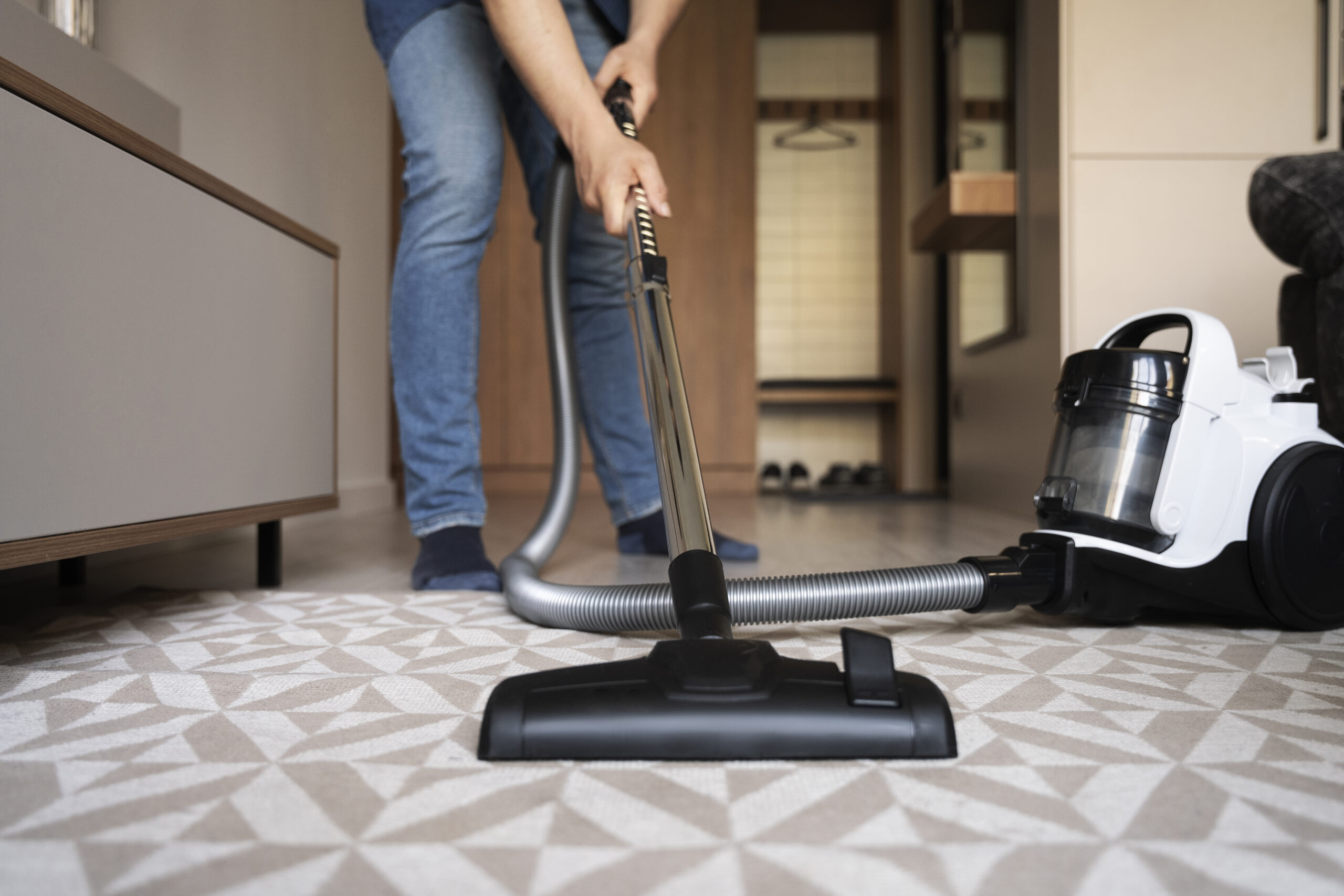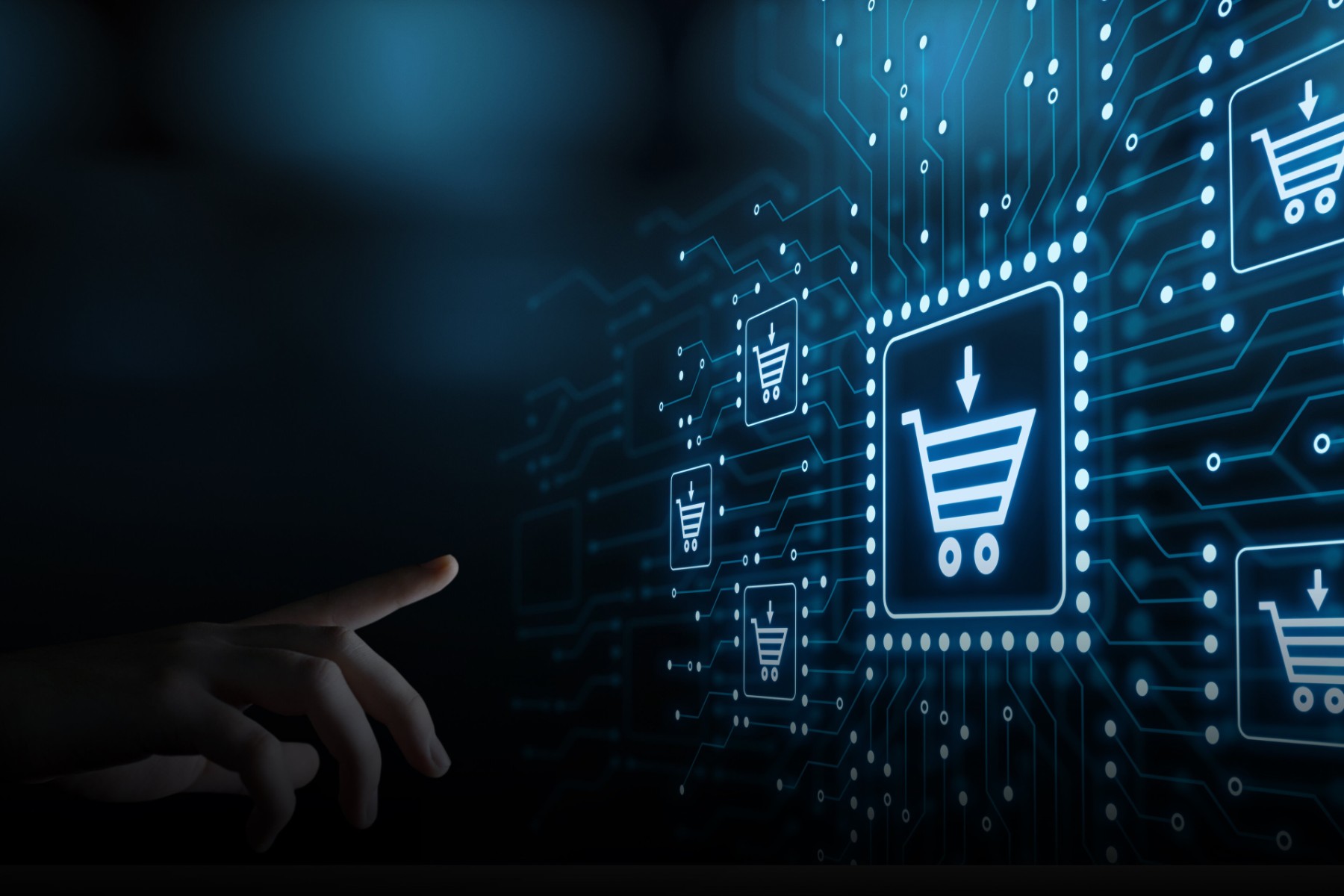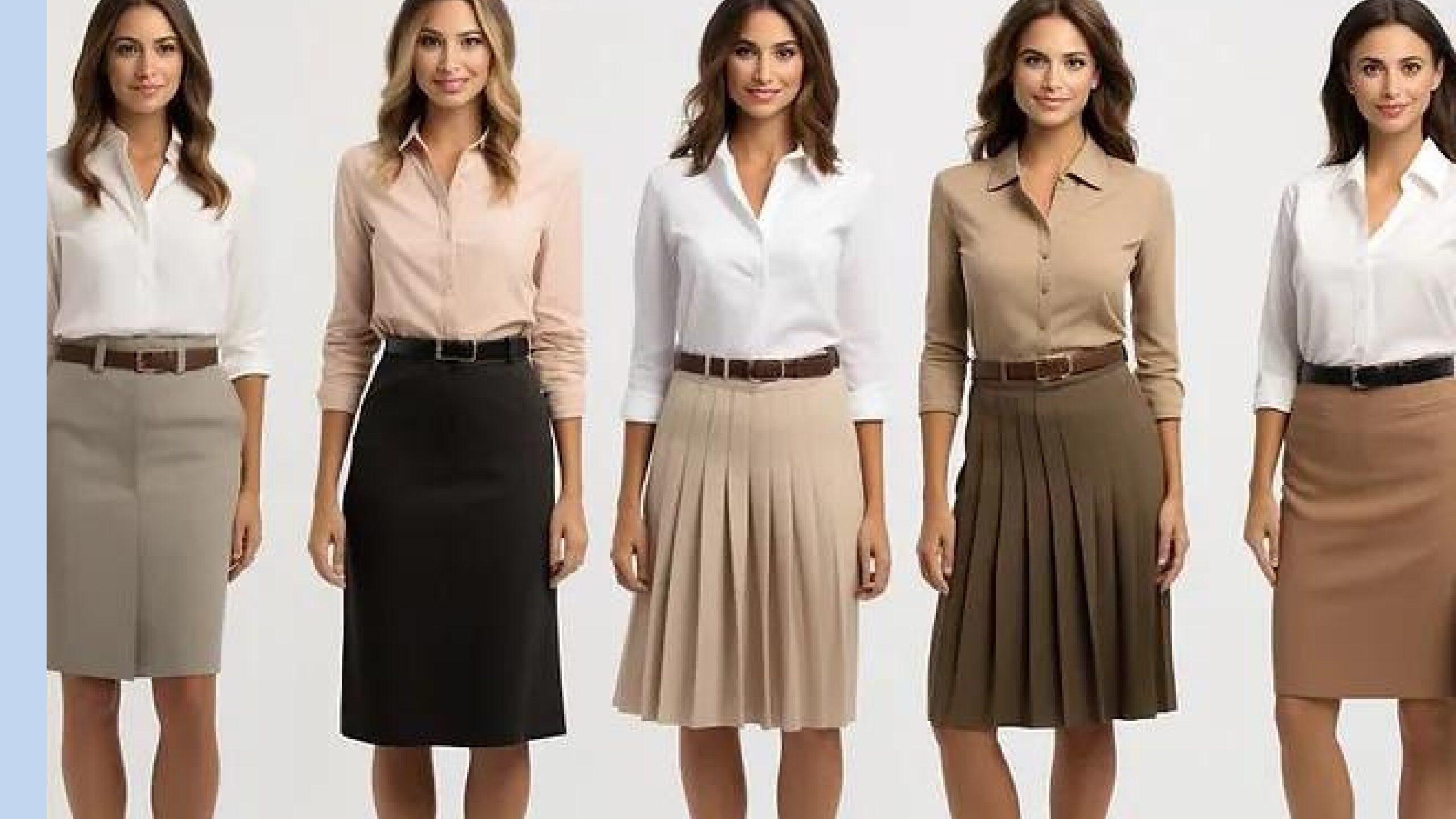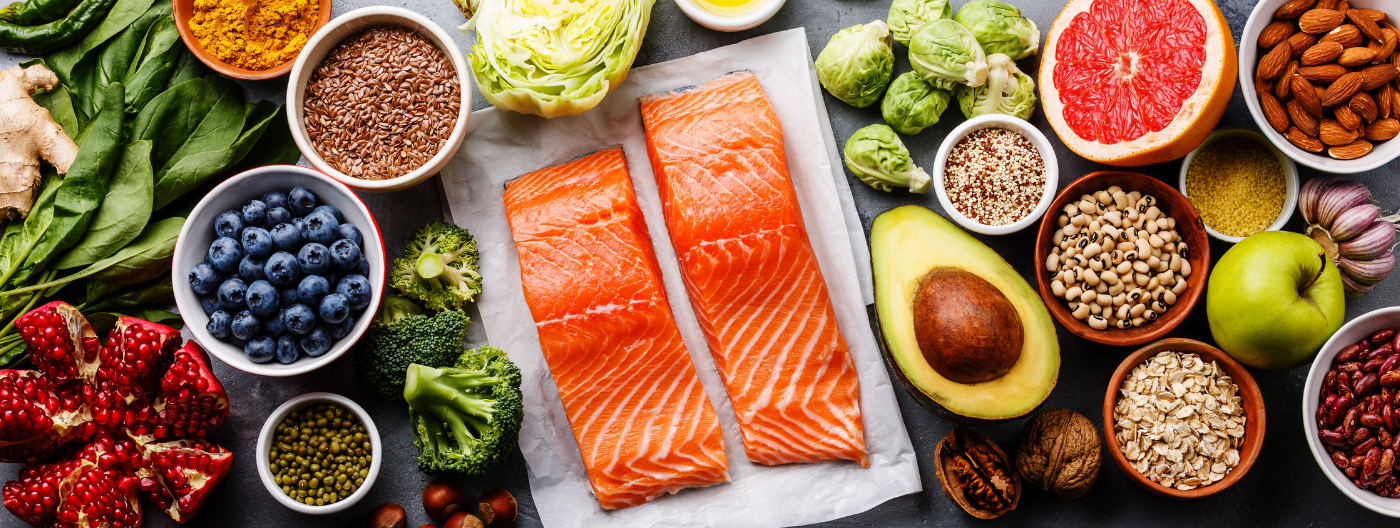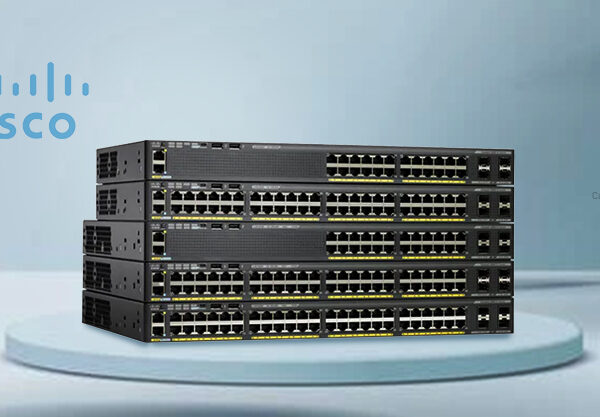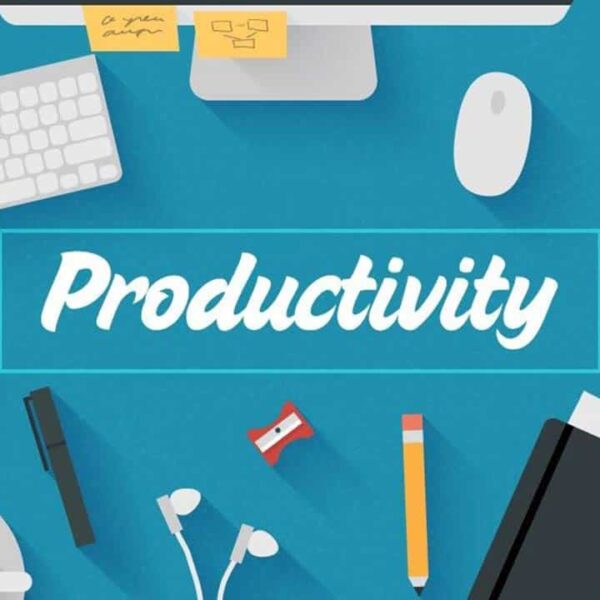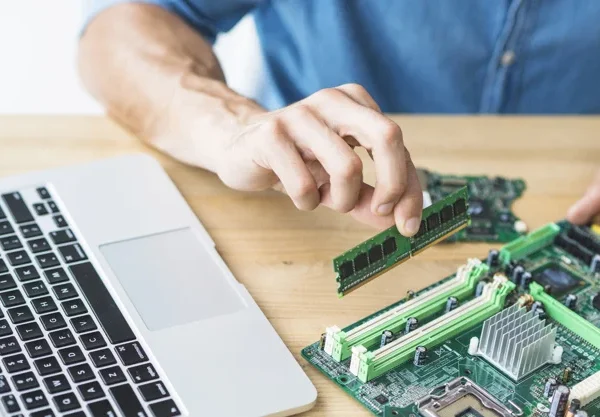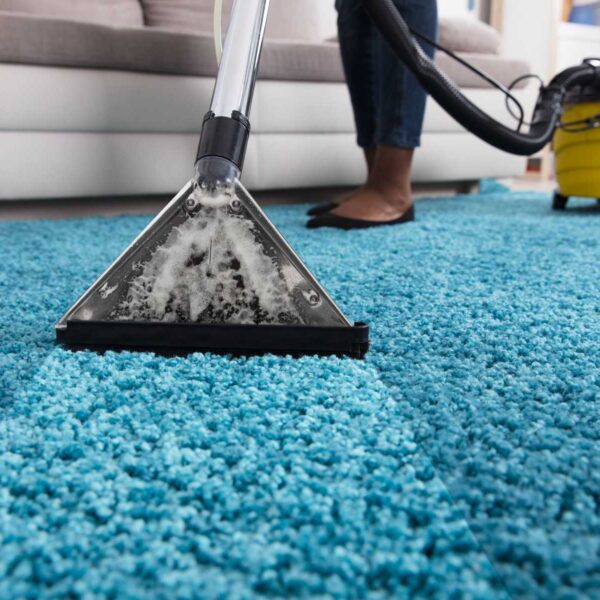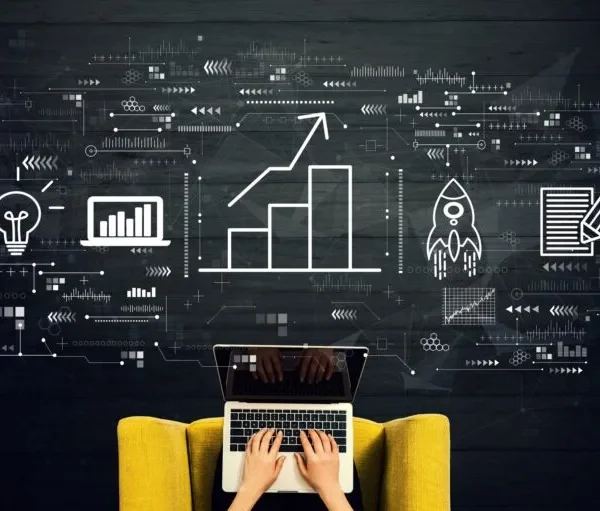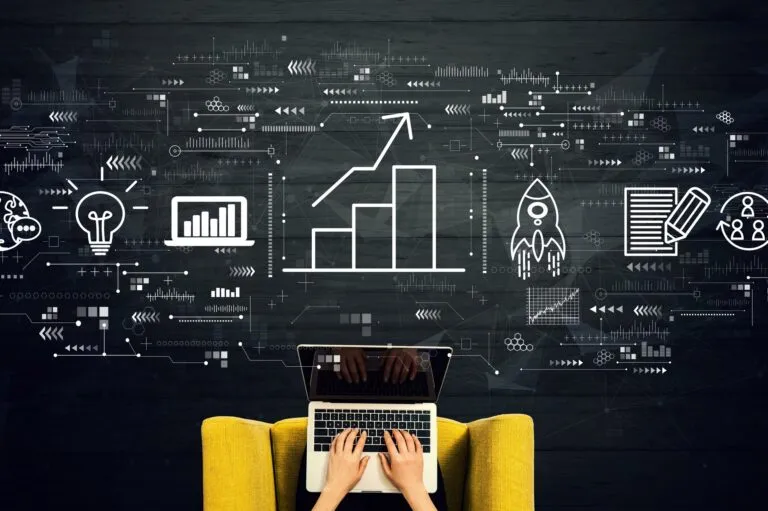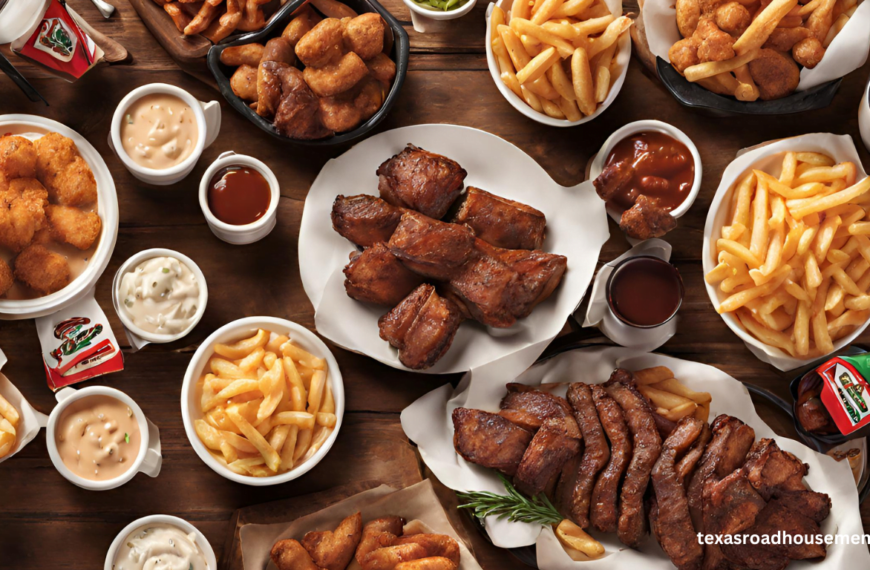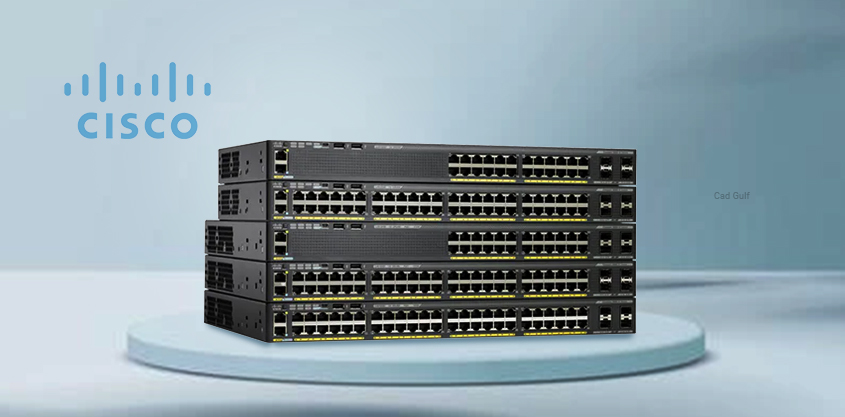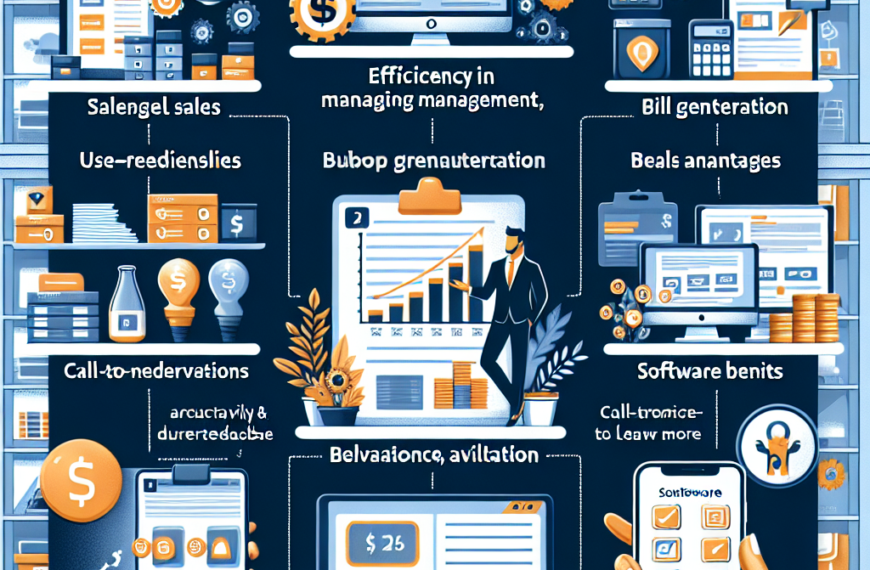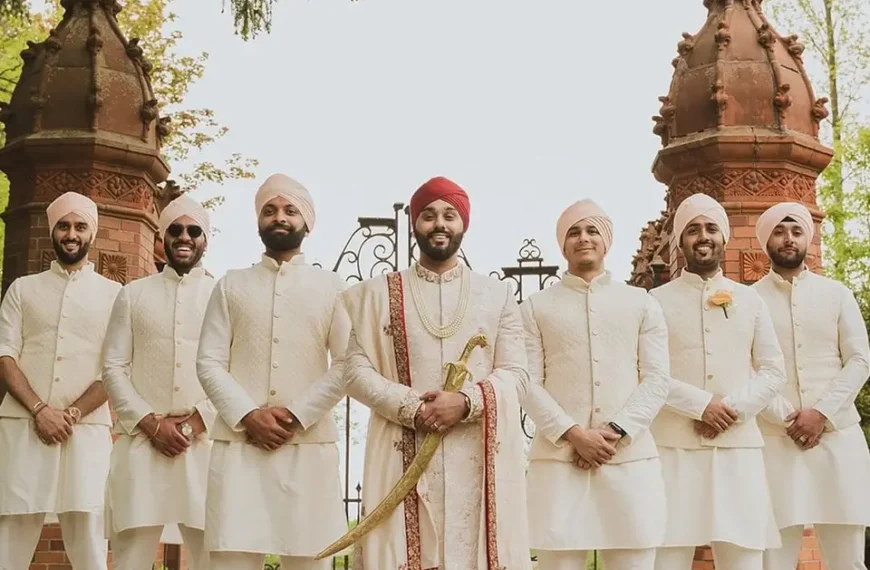Dubai’s media productions are known for their creativity and innovation, constantly pushing the boundaries of what is possible. One area where technology has made a significant impact is in costume design, with 3D printing emerging as a game-changing tool.
This article explores how 3D printing is used in creating costumes for Dubai’s media productions, highlighting its benefits in terms of design flexibility, cost-efficiency, customization, and sustainability.
Revolutionizing Costume Design
Precision and Detail
3D printing Dubai allows costume designers to achieve a level of precision and detail that is difficult to match with traditional methods. Intricate patterns, fine textures, and complex geometries can be easily created with 3D printers. This precision ensures that costumes look stunning on screen, enhancing the overall production quality of Dubai’s media projects.
Customization and Flexibility
One of the most significant advantages of 3D printing in costume design is the ability to customize and adapt designs quickly. Designers can create unique pieces tailored to specific characters, ensuring that costumes perfectly match the director’s vision. This flexibility allows for rapid adjustments and modifications, accommodating last-minute changes without significant delays.
Cost-Efficiency
Reduced Production Costs
3D printing can significantly reduce the costs associated with costume production. Traditional costume making often involves labor-intensive processes and expensive materials. With 3D printing, the production process is streamlined, requiring less manual labor and reducing material waste. These savings can be particularly beneficial for media productions in Dubai, where budgets are often tight.
Efficient Use of Materials
Traditional costume design methods can result in substantial material waste due to cutting and sculpting processes. 3D printing, on the other hand, uses only the required amount of material for each piece. This efficiency not only reduces costs but also aligns with sustainable practices, minimizing the environmental impact of costume production.
Enhanced Creativity
Innovative Designs
3D printing opens up new possibilities for innovative costume designs. Designers can experiment with shapes, structures, and materials that would be challenging or impossible to achieve with traditional methods. This capability allows Dubai’s media productions to stand out with visually striking and original costumes that captivate audiences.
Integration of Technology
The integration of technology into costumes is another exciting development facilitated by 3D printing. Designers can incorporate electronic components, sensors, and lighting into 3D printed costumes, adding interactive and dynamic elements. This integration enhances the storytelling experience and creates memorable visual effects.
Rapid Prototyping and Iteration
Quick Turnaround
One of the key advantages of 3D printing is the ability to produce prototypes quickly. Designers can create multiple iterations of a costume piece, test different designs, and make necessary adjustments in a short amount of time. This rapid prototyping accelerates the design process, ensuring that costumes are ready for production without lengthy delays.
Real-Time Feedback
3D printing allows for real-time feedback and collaboration among designers, directors, and actors. Physical prototypes can be reviewed and adjusted based on feedback, ensuring that the final costume meets all aesthetic and functional requirements. This collaborative approach improves the overall quality of the costumes and aligns with the creative vision of the production team.
Sustainability
Eco-Friendly Materials
As the media industry becomes increasingly focused on sustainability, 3D printing offers a solution through the use of eco-friendly materials. Biodegradable plastics and recycled resins can be used in the printing process, reducing the environmental footprint of costume production. This commitment to sustainability is particularly important in Dubai, where environmental concerns are a growing priority.
Minimal Waste
3D printing produces minimal waste compared to traditional costume making methods. By using only the necessary amount of material for each piece, 3D printing reduces the amount of excess material that ends up in landfills. This efficiency contributes to more sustainable production practices, aligning with the broader goals of environmental responsibility in Dubai’s media industry.
Practical Applications
Armor and Props
3D printing is particularly useful for creating armor and props used in costumes. Detailed and durable armor pieces can be produced with high precision, ensuring a perfect fit and realistic appearance. This capability is essential for productions requiring historical accuracy or futuristic designs, enhancing the authenticity and visual appeal of the costumes.
Accessories and Embellishments
Accessories and embellishments, such as jewelry, headpieces, and intricate decorative elements, can be easily created with 3D printing. These components add depth and richness to costumes, enhancing the overall visual impact. The ability to produce custom accessories quickly and affordably is a significant advantage for designers working on tight schedules and budgets.
Future Prospects
Advancements in Technology
As 3D printing technology continues to advance, its applications in costume design will expand. Improvements in printing speed, resolution, and material diversity will further enhance the capabilities of designers. These advancements will enable even more complex and detailed costumes, pushing the boundaries of creativity and innovation in Dubai’s media productions.
Integration with Other Technologies
The future of 3D printing in costume design also involves integration with other emerging technologies. Virtual reality (VR) and augmented reality (AR) can be combined with 3D printed costumes to create immersive and interactive experiences. This integration opens up new possibilities for storytelling and audience engagement, setting new standards in the media industry.
Conclusion
3D printing has revolutionized the landscape of costume design in Dubai’s media productions, offering numerous benefits such as enhanced creativity, cost-efficiency, rapid prototyping, and sustainability.
As the technology continues to evolve, its impact on the industry will grow, enabling designers to create stunning and innovative costumes that captivate audiences. By embracing 3D printing, Dubai’s media productions can maintain their reputation for excellence and continue to push the boundaries of what is possible in costume design.


